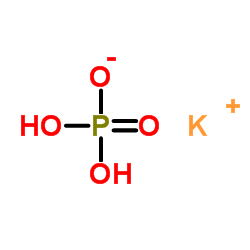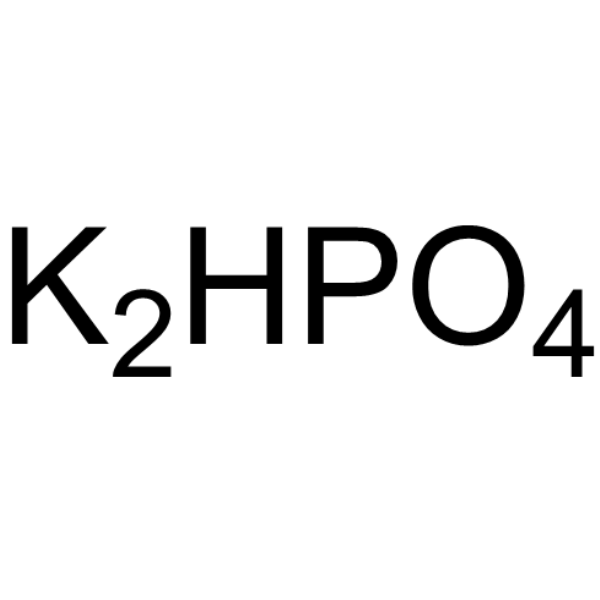| Structure | Name/CAS No. | Articles |
|---|---|---|
 |
Calcium chloride
CAS:10043-52-4 |
|
 |
Monopotassium phosphate
CAS:7778-77-0 |
|
 |
Di-potassium monohydrogen phosphate
CAS:7758-11-4 |
|
 |
Dimethyl (3-ethyl-3-methylpentyl)malonate
CAS:73049-73-7 |
|
 |
calcium chloride dihydrate
CAS:10035-04-8 |